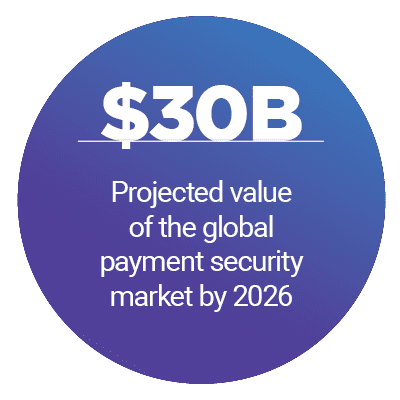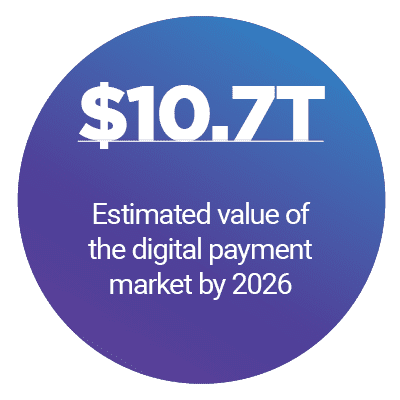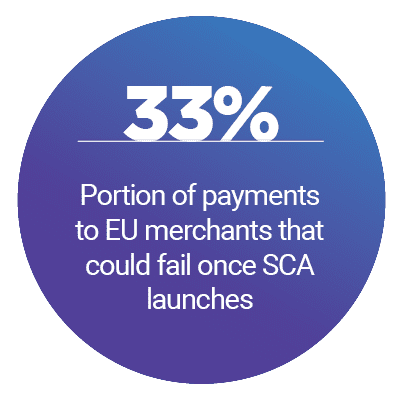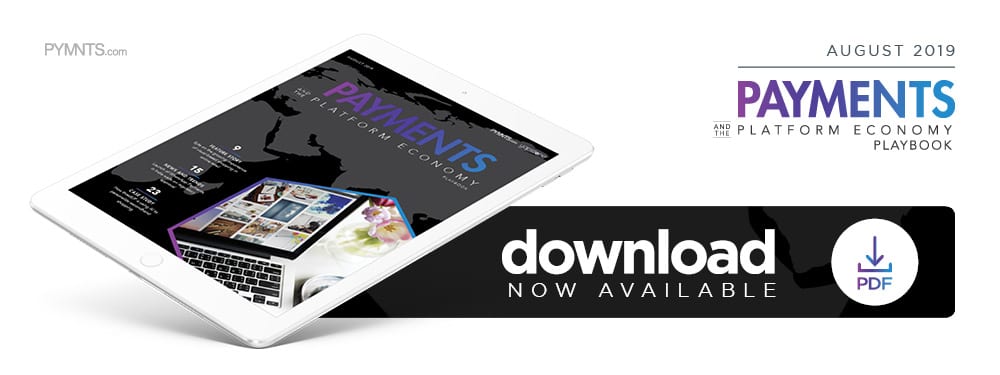Trending: Meeting The Millennial Need For AI-Powered Visual Shopping

Online marketplaces for everything from retail goods to travel services to hospitality need to ensure a quick and easy way for both buyers and sellers to transact with each other— or risk losing both sides to a waiting host of competitors. These marketplaces also need to make sure that payments, however quick, remain safe and secure as fraudsters continue to hammer at the gates.
In the August edition of the Payments And The Platform Economy Playbook, PYMNTS examines how marketplaces are using technologies such as artificial intelligence (AI) and mobile payments to innovate the customer experience. The Playbook also examines the increasing threat of fraud as more marketplaces deal with data breaches and their aftermath.
Around the Payments And The Platform E conomy
conomy
Online marketplaces are starting to employ more AI and machine learning (ML) technologies as competition in the marketplace and sharing economy heats up. Makeup marketplaces like NakedPoppy, for one, are using AI-enabled personalization tools to match their customers to the right products, simplifying the user experience. This is one of the ways that platforms are working with AI tools to differentiate themselves from their competition.
In other markets, the rise of marketplaces is giving old organizations new perspective. The Commerce Ministry in India is responding to the presence of foreign marketplaces like FlipKart and Amazon with a proposal to open its Government e-Marketplace (GeM) to the general public. The government will open GeM in three stages, first to private entities with government contracts and then to consumers themselves.
Fraud remains an ever-present challenge, however, and marketplaces worldwide are deploying new defenses. Both secondhand clothing site Poshmark and sneaker exchange StockX are recovering from recent data breaches, which exposed customer information to fraudsters, though no financial information was compromised. The app-based social commerce platforms are among several marketplaces struggling to protect users ag ainst opportunistic bad actors.
ainst opportunistic bad actors.
For more on this and other news in the platform economy, visit the Playbook’s News and Trends section.
An AI-Powered Visual Shopping Experience For Millennials, Gen Z
Tech-savvy millennials and Gen Z consumers want a shopping experience that offers visual search to enhance product discoverability, harkening to social media apps such as Instagram and Pinterest. To satisfy these young shoppers, marketplaces need to deploy visual AI technology that allows them to move away from text-based search experiences to ones that rely more heavily on images. That’s where AI can come in, says Lihi Pinto Fryman, co-founder and chief marketing officer for visual AI software-as-a-service company Syte. In a recent interview with PYMNTS, Fryman discusses the power of visual AI and how marketplaces can best utilize it to provide a more convenient customer experience.
To learn more, visit the Playbook’s feature story.
How Secondhand Marketplace thredUP Is Using AI To Personalize Shopping
AI To Personalize Shopping
More millennials and Gen Z consumers are also looking to buy clothes and accessories secondhand, which means that marketplaces in this market will need to take steps to stand out. Online resale site thredUP is hoping that its use of AI and other tools will give it the edge it needs to provide a more convenient, personalized experience, says Chris Homer, co-founder and chief technology officer for the marketplace. To learn more about how thredUP is using AI to compete, visit the Playbook’s case study.
About the Payments And The Platform Economy Playbook
The monthly Payments And The Platform Economy Playbook, a PYMNTS and Yapstone collaboration, aims to help platform payments decision-makers identify and manage the risks and rewards inherent in optimizing their operations and navigating real-time challenges.

